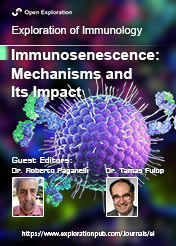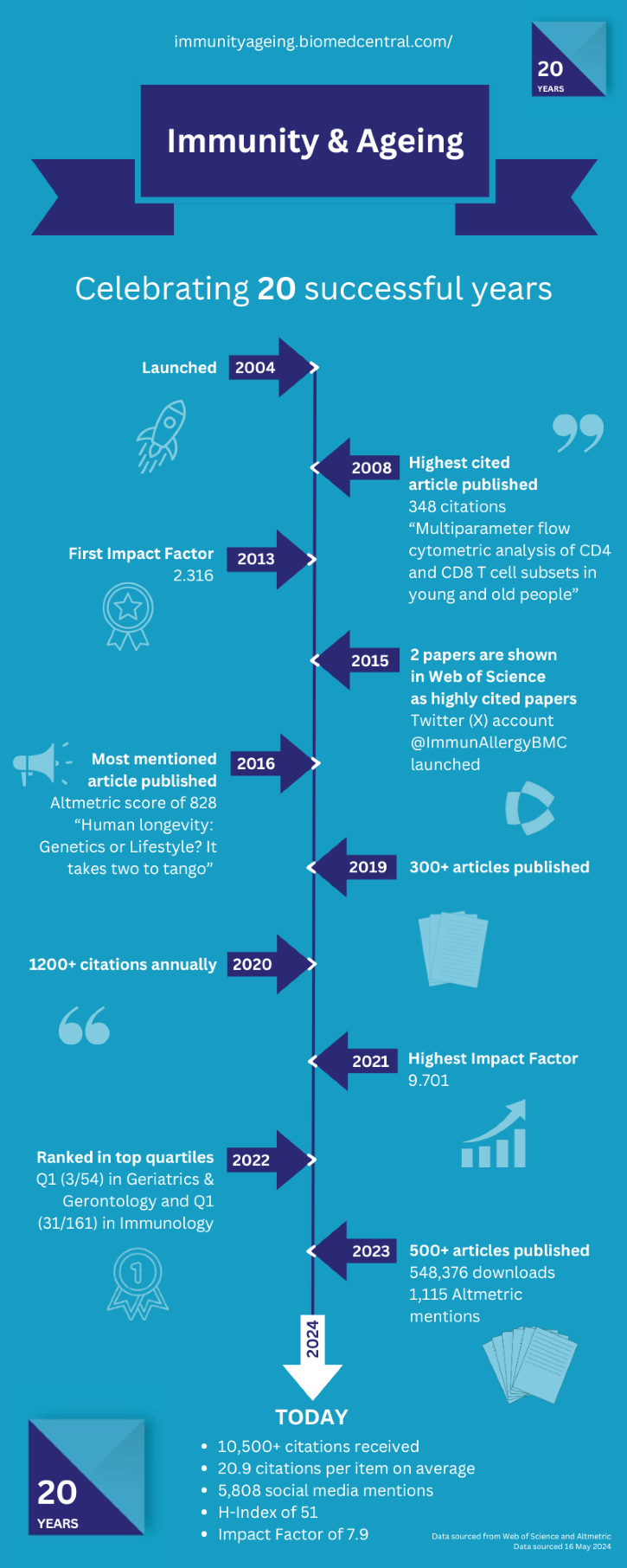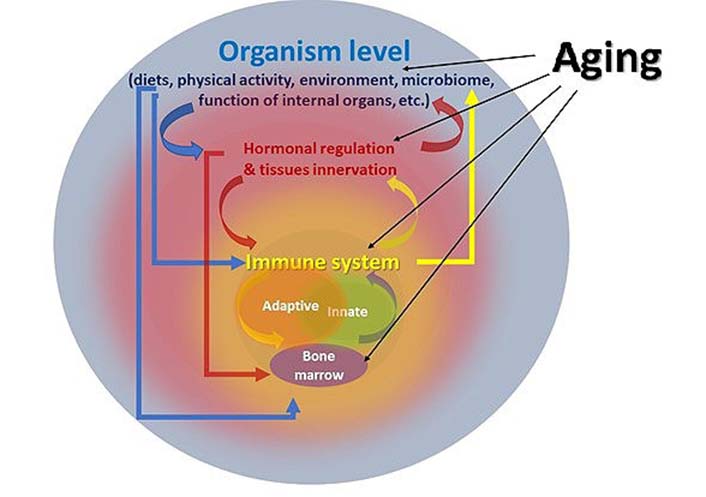Reference




Moonshot's Answer
Roberto Paganelli has made several notable contributions to the field of clinical immunology. His research interests include allergic diseases, primary immunodeficiencies, rheumatic diseases, and pathomechanisms, with 255 publications to his name. Notable contributions include:
-
Allergy and Clinical Immunology: Prof. Paganelli is widely recognized for his contributions in Allergy and Clinical Immunology, with a distinguished record of research and academic leadership SciProfiles.
-
Primary Immunodeficiencies: He has worked extensively on primary immunodeficiencies, which are rare diseases characterized by increased susceptibility to infections. Early diagnosis and appropriate treatment are critical in these conditions ResearchGate.
-
HIV and Immune Reconstitution: Paganelli's previous research showed the effectiveness of HAART (Highly Active Antiretroviral Therapy) but also found conflicting evidence of immune reconstitution in severely immunocompromised patients ResearchGate.
-
Education and Leadership: He has played a significant role in the education and training of medical professionals in the field of Allergy and Clinical Immunology, as evidenced by his recognition with an Award for the contribution to the development of the Specialty of Allergy and Clinical Immunology from the Italian Society of Allergy and Clinical Immunology UniCamillus.
-
Editorial Roles: Prof. Paganelli has held editorial roles in prominent journals, including being appointed as Editor-in-Chief of Monocytomics, a journal focusing on mononuclear phagocyte system biology and pathology ACCScience.
These contributions have significantly impacted the field of clinical immunology, influencing both research and clinical practice. Images related to his work and the field of clinical immunology can be found in various sources, reflecting the breadth of his influence and the importance of his research.
Follow Up
Related
How do errors in language interpretation affect clinical encounters with limited English-proficient
What research methods are effective in engaging ethnically diverse communities in clinical studies?
Who admitted Long John Baldry to the London Clinic due to gout?
Why was Chenjerai Hunzvi's medical clinic labeled a 'torture chamber' by Amnesty International?